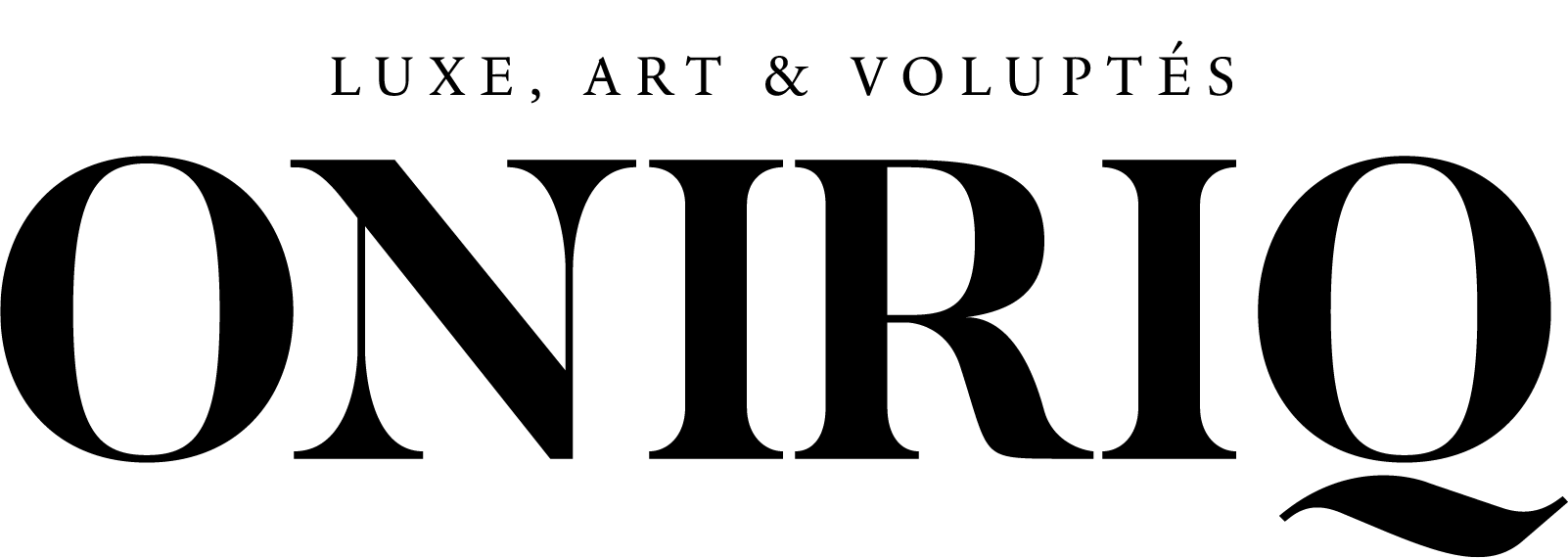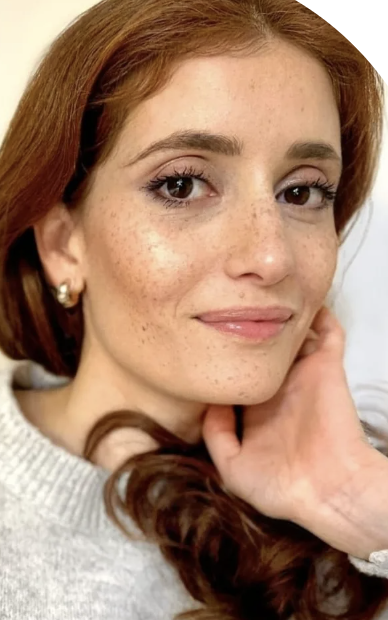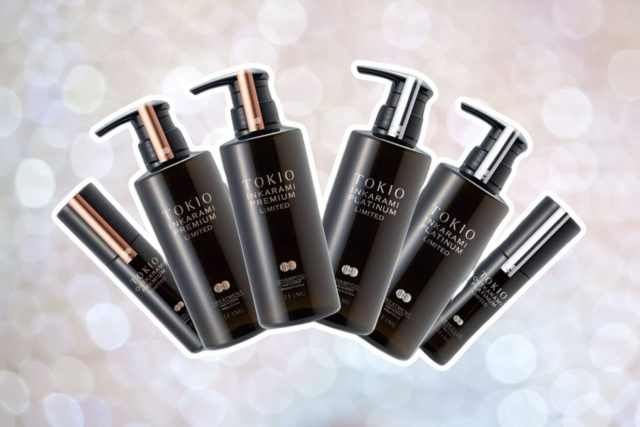First revolutionizing skin cleaning in the early 2010s, high-tech tools then extended their applications to other aspects of our beauty routines, such as anti-aging, hydration and even the treatment of blemishes. They are now an integral part of it, just like traditional cosmetics and beauty treatments, as evidenced by market growth figures: “We expect an increase of 81 billion dollars by 2027 with an annual increase of 13%,” stated Laurence Newman, CEO of Current Body, a brand specializing in beauty tech. Where is this growth coming from? “Several factors have led to this acceleration: the Covid-19 pandemic, which made it possible to discover more home beauty solutions; social networks, which democratized the use of these devices; and finally, the growing interest in anti-aging and non-invasive treatments.” In France, consumers are being won over by these tools that combine speed and efficiency: “30% of our European sales come from France, an increase of 58% over the last 18 months”, he underlined.
LED Light Therapy
Among the most used technologies: radiofrequency, which heats the deeper layers of the skin, stimulates the production of collagen and fights against sagging skin; microcurrents that energize and firm facial muscles; and LED light therapy, even more popular since Emily Cooper, star of Emily in Paris, was spotted with a red LED mask on her face in the third season of the Netflix series broadcast at the end of 2022. Very popular with celebrities before walking on the red carpet or during a shoot, masks and other accessories using LED light are increasingly popular. And for good reason, they offer almost instant results on your complexion’s radiance and long-term benefits for treating acne and skin aging, depending on the wavelength used.
Each brand has their own variation: at Foreo, the UFO2 device has it, in a mask version at Dior (Dior Skin Light, in partnership with Lucibel), Current Body and MyBlend (MyLedMask), or even a 360° care program with Lightinderm, a tool co-founded by Géraldine Decaux and Professor Jean-Alexis Grimaud, which combines light theraphy and serums with photoactive ingredients. Whether it's LED light, radio frequency or microcurrents, these tools are not intended to replace every step of your skin care routine. Rather, they must be integrated into it and do not replace professional treatments either. “It is a complement for people who need help in addition to in-center care and those who do not have the time or the budget,” said doctor Sandra Texier, founder of Maison Magnifisens, a cosmetic medicine center located in Paris’ 8th arrondissement of. “These objects must be used regularly and over time in order to see results. The risk is that they will end up in the back of your closet,” she added.
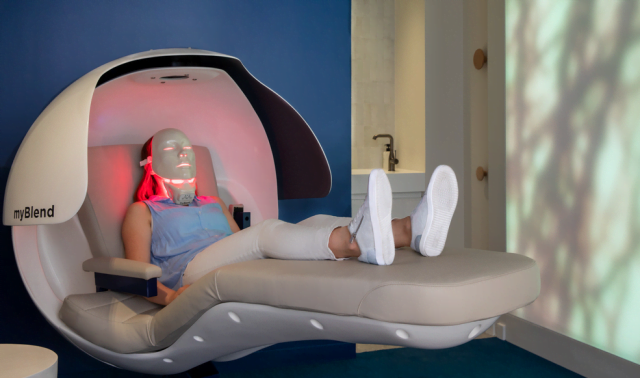
Beauty Tech: Beyond Skin
Skin is not the only body part reaping the benefits of this technology. Recently, hair also got its very own LED helmet at Current Body, a new futuristic-looking device designed to slow hair loss and stimulate hair follicle growth to promote hair regrowth. Dyson, a specialist in high-end styling devices, surprised the United States with the Dyson Airstrait, a revolutionary tool capable of straightening wet hair, without hot plates, using only air (expected in France in 2024).
At Therabody, which we know for its percussive physical recovery devices that are very popular with athletes, sleep was the focus of a new launch at the end of 2022: SmartGoggles, an eye mask that combines vibrations, massages and heat and aims to slow heart rates and promote relaxation, making it easier to fall asleep. Finally, makeup is not to be outdone with Rouge sur Mesure, from YSL Beauté, a smart lipstick creator that can be used at home to create your own shade instantly (up to 400 shades).
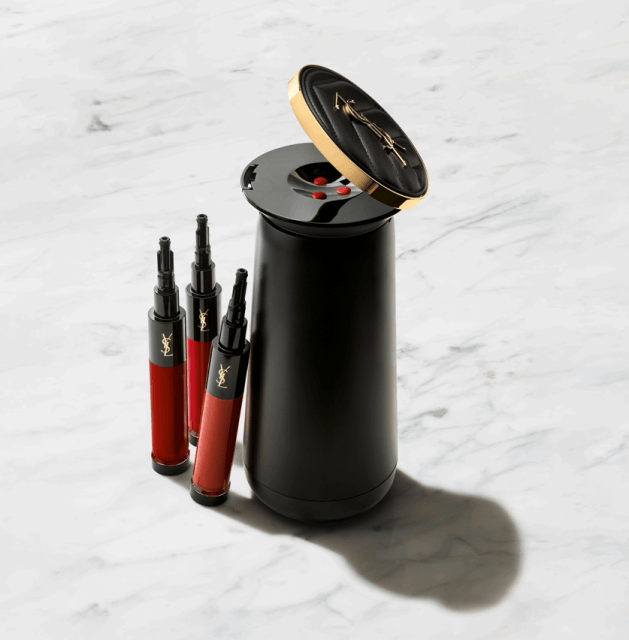
Article published in OniriQ issue no. 4
<<< Also read: Dr Dennis Gross Skincare now available at Sephora France (FR) >>>
